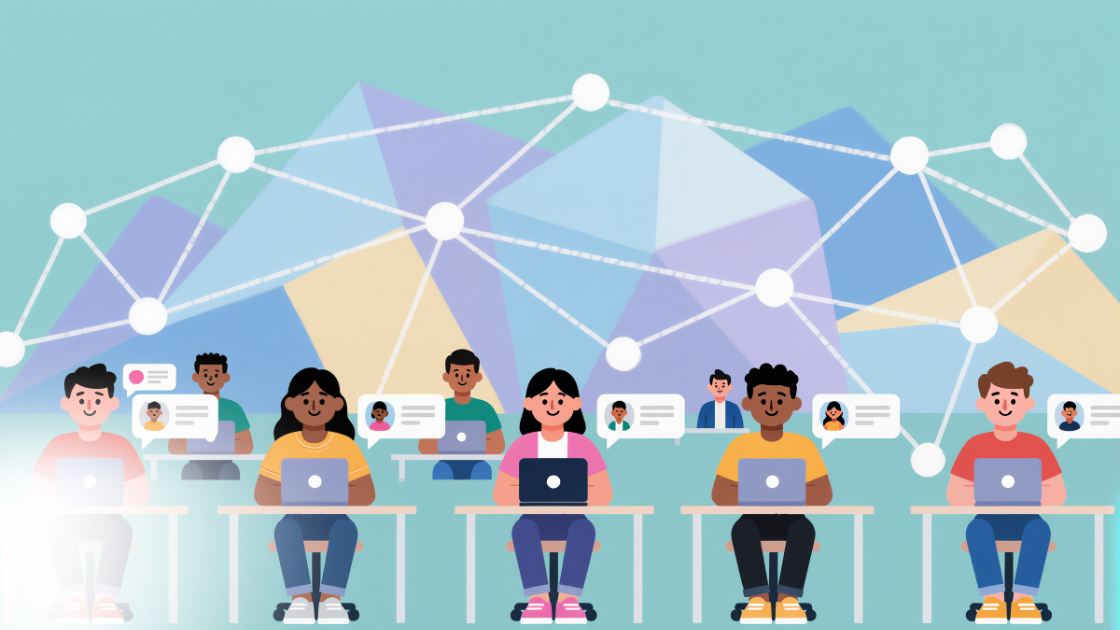Karina Hayat – The Future of Learning: Why AI Will Redefine Teaching, Student Engagement, and Academic Success

Education has always evolved alongside technology, from the printing press to online learning platforms. Today, Artificial Intelligence (AI) is poised to become the most transformative force in education yet. By analyzing data, personalizing learning experiences, and automating administrative tasks, AI has the potential to fundamentally change how students learn, how teachers teach, and how academic success is measured. The future of learning will be defined by adaptability, personalization, and data-driven decision-making.
Personalized Learning Experiences
Every student learns differently. Traditional classrooms often rely on a one-size-fits-all approach, leaving some students behind while others are under-challenged. AI addresses this by analyzing individual learning patterns, strengths, and weaknesses. Intelligent tutoring systems and adaptive learning platforms can deliver customized lessons, recommend resources, and adjust pacing according to each student’s progress. This personalization ensures that learners receive the right level of challenge, fostering deeper understanding and engagement.
Enhancing Student Engagement
Engaging students has always been a challenge for educators, particularly in large classrooms. AI can transform engagement by providing interactive, dynamic learning experiences. Virtual simulations, gamified learning modules, and AI-driven feedback make education more immersive and enjoyable. By keeping students actively involved, AI encourages curiosity, critical thinking, and problem-solving—skills essential for success in the modern world.
Supporting Teachers and Educators
AI is not about replacing teachers—it is about empowering them. Administrative tasks such as grading, attendance tracking, and lesson planning can be automated, freeing educators to focus on teaching and mentoring. AI can also provide insights into student performance, highlighting areas where interventions are needed. With this support, teachers can make data-driven decisions, tailor instruction, and spend more time fostering meaningful relationships with students.
Data-Driven Academic Insights
One of AI’s most powerful applications in education is its ability to turn data into actionable insights. By analyzing student performance over time, AI systems can identify learning gaps, predict outcomes, and recommend interventions. Educators and institutions can use this information to improve curriculum design, optimize teaching strategies, and ensure that students receive the guidance they need to succeed. Data-driven insights make education more efficient, targeted, and effective.
Preparing Students for the Future Workforce
AI is also reshaping the skills students need to succeed. Beyond traditional subjects, competencies such as critical thinking, creativity, digital literacy, and collaboration are becoming increasingly important. AI can help students develop these skills through project-based learning, virtual labs, and simulations that mimic real-world scenarios. By integrating AI into the learning process, education prepares students not just to pass exams, but to thrive in a rapidly evolving workforce.
Overcoming Accessibility and Equity Challenges
AI has the potential to democratize education, making high-quality learning resources accessible to students regardless of location or socioeconomic status. Online AI-powered platforms can provide personalized tutoring to students in remote areas, translate content into multiple languages, and adapt to different learning abilities. By reducing barriers to access, AI can contribute to more equitable educational outcomes and empower learners who might otherwise be left behind.
Ethical Considerations in AI-Driven Learning
As AI becomes more integrated into education, ethical considerations cannot be ignored. Issues of data privacy, algorithmic bias, and transparency must be addressed to ensure that AI supports students fairly and responsibly. Educators and institutions must implement safeguards, maintain oversight, and involve stakeholders in decision-making. Ethical AI use ensures that technology enhances learning without compromising trust or integrity.
Transforming Assessment and Feedback
Traditional assessments often measure rote memorization rather than deep understanding. AI enables continuous, real-time assessment, providing immediate feedback that helps students learn from mistakes and reinforce knowledge. This dynamic approach to evaluation encourages mastery learning, allowing students to progress at their own pace and ensuring that success is measured by understanding, not simply test scores.
Conclusion: Embracing the AI-Powered Future of Learning
The future of learning is no longer limited to classrooms, textbooks, or standardized tests. AI has the power to redefine education by personalizing learning, enhancing engagement, supporting educators, and preparing students for the demands of the modern workforce. While challenges remain—particularly in ethics and accessibility—the potential benefits are transformative. By embracing AI thoughtfully, educators and institutions can create a learning environment that is more engaging, equitable, and effective, equipping students with the knowledge, skills, and confidence to thrive in a rapidly changing world.
About the author











